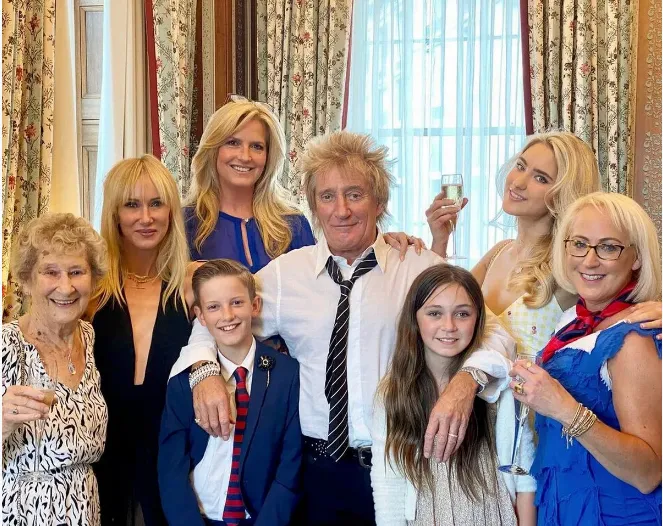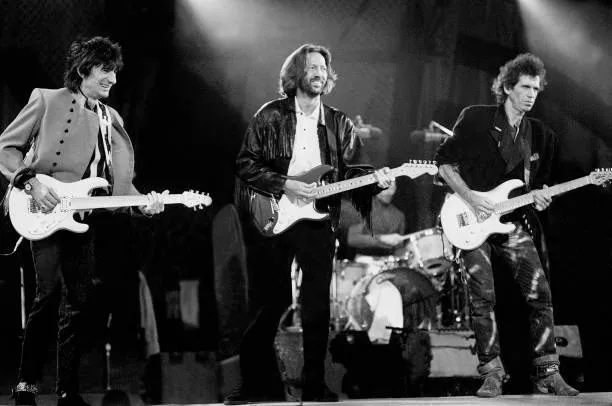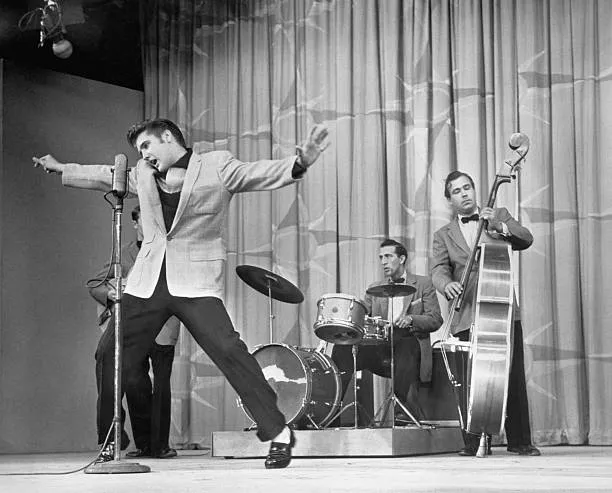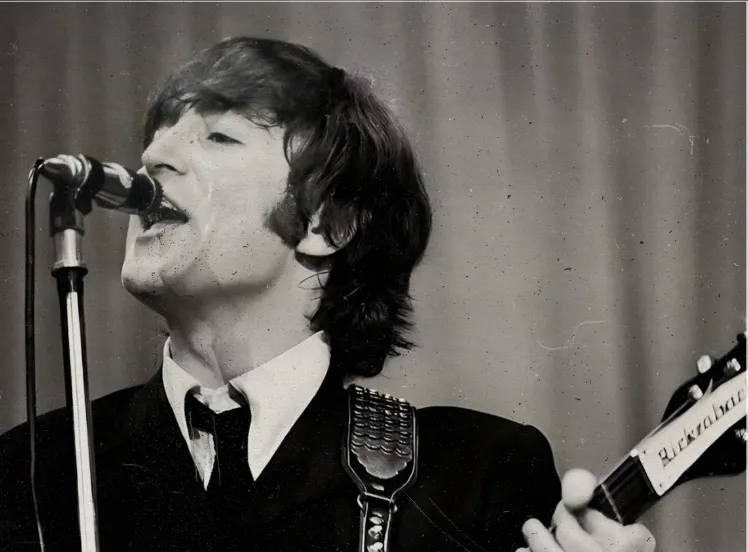The story of The Beatles in Hamburg is one of transformation. In this German port city, a fledgling band of young musicians transitioned from a local Liverpool act to the precursors of a global cultural revolution.
The Beatles' time in Hamburg from 1960 to 1962 was pivotal, seeding the raw energy and creativity that would soon blossom into Beatlemania.
This period is often celebrated as the crucible in which their exceptional talent was forged.
The Early Days: Humble Beginnings

The journey began in August 1960 when The Beatles—comprising John Lennon, Paul McCartney, George Harrison, Stuart Sutcliffe, and Pete Best—found themselves bound for Hamburg.
A last-minute opportunity had come through their manager, Allan Williams, who secured them a residency at the Indra Club, owned by Bruno Koschmider. The boys were excited but barely prepared for the grind that lay ahead.
Hamburg's infamous Reeperbahn district was a far different world from Liverpool's Cavern Club. It was vibrant, seedy, and relentless, pushing the boundaries of the Beatles' endurance and creativity.
The quintet was tasked with performing for up to eight hours a night, a grueling schedule that forced them to hone their craft under extreme conditions.
Their performances were raw and chaotic, reflecting a blend of rock’n’roll covers and impromptu creativity.
A Grueling Schedule: The Making of a Masterpiece
These marathon sessions at the Indra Club, and later at the KaiserKeller, challenged The Beatles in unimaginable ways.
Playing night after night demanded stamina and forced the band to become tight, disciplined musicians.
They quickly adapted, learning to read crowds and keep the energy brimming, often transforming casual listeners into fervent fans.
Their time on stage wasn’t just about playing music; it was about survival and evolution. The Beatles not only sharpened their musical abilities but also learned invaluable lessons in showmanship.
This was a place where mistakes were made, experiments were conducted, and their distinct sound started to take shape.
The camaraderie and competitive spirit among the members pushed each one to improve, ultimately steering them towards excellence.
The Beatles’ Hamburg years were peppered with adversities that came to shape their character and resilience.
From living in squalid conditions in the back of the Bambi Kino—the local cinema where they slept in cramped storage rooms—to facing legal troubles due to visa issues, these young men faced relentless obstacles.
Paul McCartney and Pete Best even found themselves briefly jailed for attempted arson when they set fire to a condom in their dingy living quarters as a prank against Koschmider.
Loss and Gains: Stuart Sutcliffe’s Departure
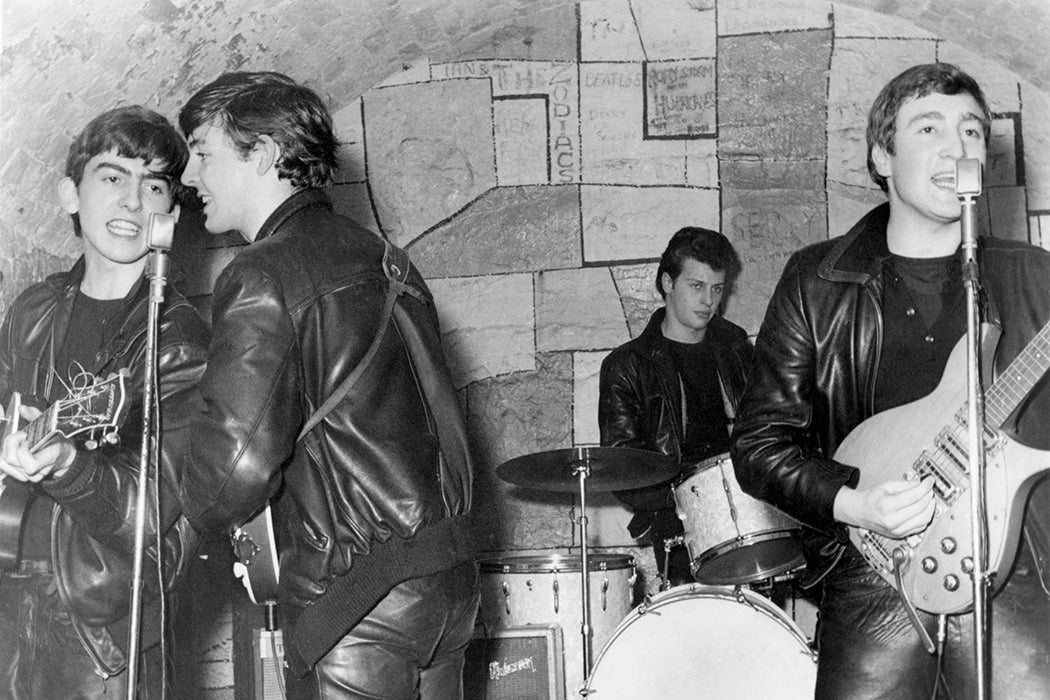
While the Hamburg stint is mostly marked by gain—forged friendships, honed skills, and growing reputations—it was also a period of loss.
Stuart Sutcliffe, the band’s original bassist and a close friend of John Lennon, decided to leave the Beatles to focus on his art studies and to be with his German fiancée, Astrid Kirchherr.
Sutcliffe’s departure significantly impacted the band emotionally, especially Lennon, who shared a deep bond with him.
Despite the loss of Sutcliffe, his influence on the band was profound. Astrid Kirchherr, a talented photographer, and her bohemian circle left an indelible mark on The Beatles.
She not only helped define their iconic look—their mop-top haircuts were inspired by her stylish friends—but also introduced them to the broader cultural movements of the time, enriching their artistic perspectives that would later permeate their work.
A Turning Point: The Top Ten Club and Star-Club
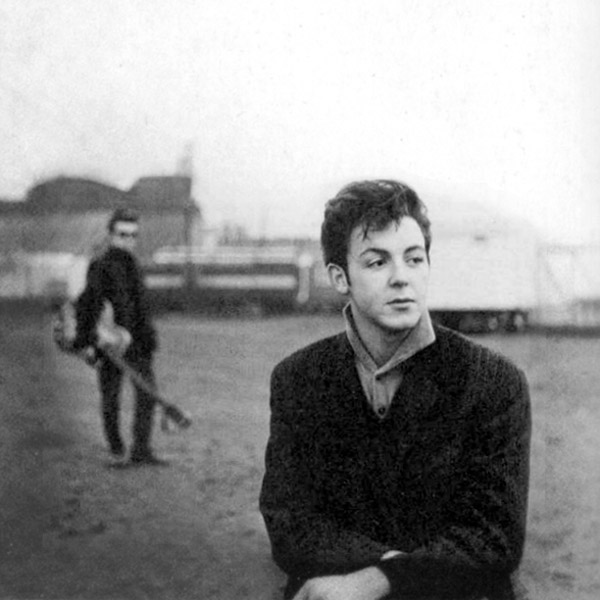
By spring 1961, The Beatles had upgraded to better venues, including the Top Ten Club and later the Star-Club, managed by Manfred Weissleder. These shifts marked their ascent in reputation and expertise.
The Top Ten Club was especially pivotal. They found themselves playing alongside well-established acts and began to draw attention from influential figures in the music scene.
During their time at these clubs, The Beatles met Ringo Starr, who was then playing with Rory Storm and the Hurricanes. Little did they know, Starr would soon become an integral part of their line-up.
The performances at these clubs broadened their musical influences as they continued to explore American rock’n’roll, Rhythm & Blues, and the burgeoning Merseybeat sound.
The Repertoire: Sowing the Seeds of Originality
In Hamburg, The Beatles' repertoire was diverse. They covered a wide range of songs, from Chuck Berry’s “Roll Over Beethoven” to Little Richard’s “Long Tall Sally,” injecting their raw energy and youthful spirit into each performance.
It was also in Hamburg that Lennon and McCartney began seriously developing their songwriting partnership, attempting original compositions and gauging audience response.
One of the remarkable aspects of their early Hamburg performances was the ability of The Beatles to transform well-known classics with their unique style, an early indication of their innovative approach to music.
The seeds of iconic hits like “Love Me Do,” “Please Please Me,” and “I Saw Her Standing There” were sown during this very period, marking the early rise of their unparalleled songwriting genius.
From Hamburg Back to Liverpool: A Hero’s Welcome

The end of 1962 marked a dramatic return for The Beatles to Liverpool, but they were no longer just another local band. The crucible of Hamburg had refined their talents and polished their stagecraft.
They had gained a treasure trove of experience and confidence that set them apart from their peers.
Brian Epstein, their new manager, capitalized on their newfound prowess and landed them a recording contract with EMI’s Parlophone label, under the guidance of producer George Martin.
This pivotal development led to the release of “Love Me Do” in October 1962, signaling the dawn of Beatlemania.
Hamburg’s Lasting Influence
The significance of Hamburg on The Beatles' legacy cannot be overstated. It was during their residencies here that they evolved from a group of devoted rock’n’roll covers musicians into the authors of an original and groundbreaking sound.
They developed a stage presence that was both electrifying and deeply professional, learned the intricacies of live performance, and forged the indestructible camaraderie that would carry them through their tumultuous rise to global superstardom.
Every Beatles fan, historian, and music enthusiast recognizes Hamburg as the groundbreaking chapter in The Beatles’ story, where the relentless demands of nightly performances molded them into the ‘fab four’ that would change the world of music forever.
The Legacy of The Beatles in Hamburg

The tale of The Beatles in Hamburg is one of grit, growth, and an indomitable spirit. Hamburg was not just a backdrop but a veritable forge that tempered their raw talent into a blade of musical excellence.
The hardships they endured, the friendships they solidified, and the relentless nights of playing to raw, appreciative audiences coalesced into the phenomenon that would become The Beatles.
As we reflect on their journey, it becomes clear that without Hamburg, The Beatles might never have achieved the revolutionary heights they are known for today.
This critical period, with all its turbulence and triumphs, remains a vital chapter in the story of the greatest band the world has ever seen.
